by
Jackie Stafford and Mark Hinchman, SAHARA co-Editors | Nov 15, 2022
Texts, words, and letters are typically considered as unrelated adjuncts to architecture, but they play an important role in how buildings are conceptualized and experienced. Across the ages, those who create buildings have often felt the need to label them. Sometimes signage was added by subsequent owners. Often as not, buildings are not always clearly labelled. Sometimes the texts that adorn buildings shift meanings when they do not outright subvert them. More straightforwardly, texts such as those found on cornerstones provide valuable information about the date of construction, the architect’s name, and preservation agency.
If you contribute to SAHARA, and we hope you do, be sure to include cornerstones and signs of any type that adorn (or deface) the building.
To see more SAHARA content: sahara.artstor.org/#/login
To learn more about contributing, visit: sah.org/sahara
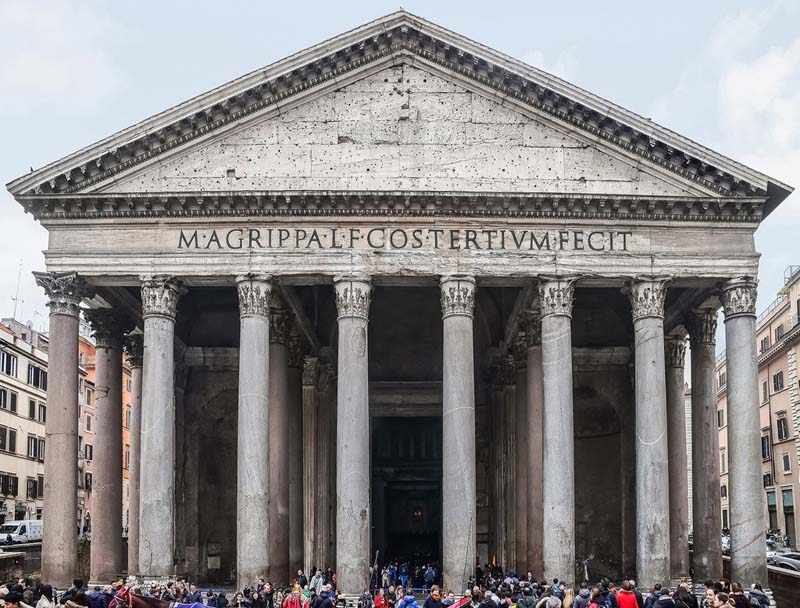
Apollodorus, Pantheon, Rome, Italy, circa 126 AD. Photograph by Deyemi Akande, 2018. The frieze of the Pantheon boldly states that “M.AGRIPPA.L.FCOS.TERTIUM.FECIT.” This translates to “Marcus Agrippa, son of Lucius, consul for the third time, built it.” Yet it was not built by Agrippa, but on the site of an older temple built by Agrippa. The Pantheon as it now stands hales from the time of the emperor Hadrian. Why Hadrian, a man not known for his modesty, declined to claim the building as his remains a mystery.
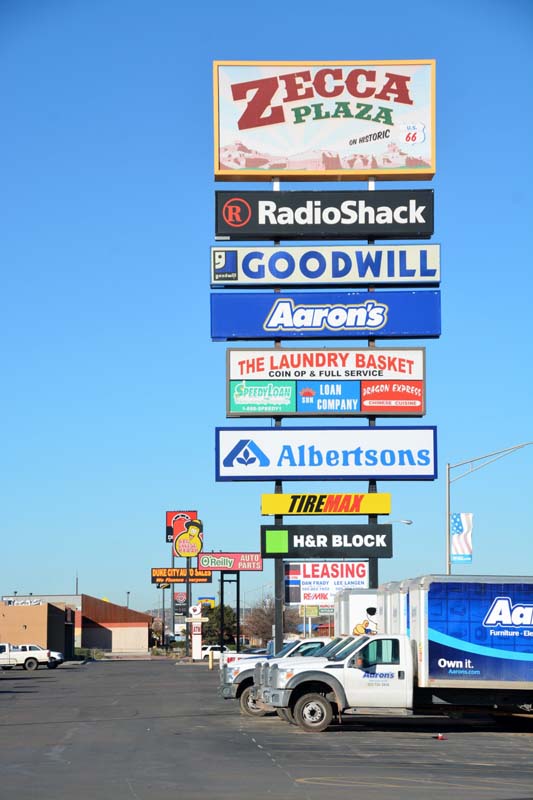
Zecca Plaza Signs, McKinley, New Mexico, circa 1970. Photograph by Dell Upton. Robert Venturi, Denise Scott Brown, and Steven Izenour published Learning From Las Vegas in 1972. Previously amalgams of signage such as the one on the famed Highway 66 that Dell Upton captured were objects of derision. After Venturi, Scott Brown, and Izenour, architects and historians viewed them in a new light.
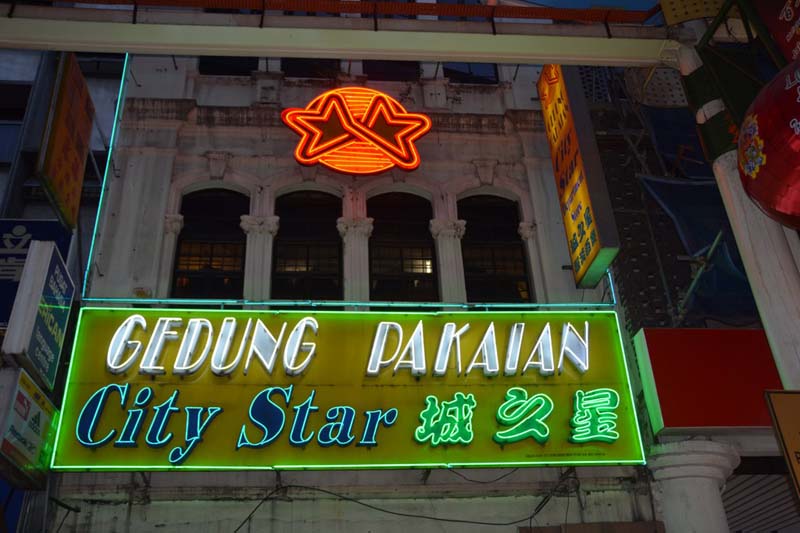
Gedung Pakaian, City Star, Jalan Pekaling, Chinatown, Kuala Lumpur, Malaysia. The building is from the 19th century. Photograph by Dell Upton, 2014. A feature of multicultural places such as Malaysia is the presence of signs in multiple languages, here in Malay, English, and Chinese. Some signs in Malaysia also feature Tamil. One might suspect that the words translate the same content, but each phrase differs: Gedung Pakaian means Clothing Building, followed by the business’ name in English. 茨廠街 means Petaling Street.
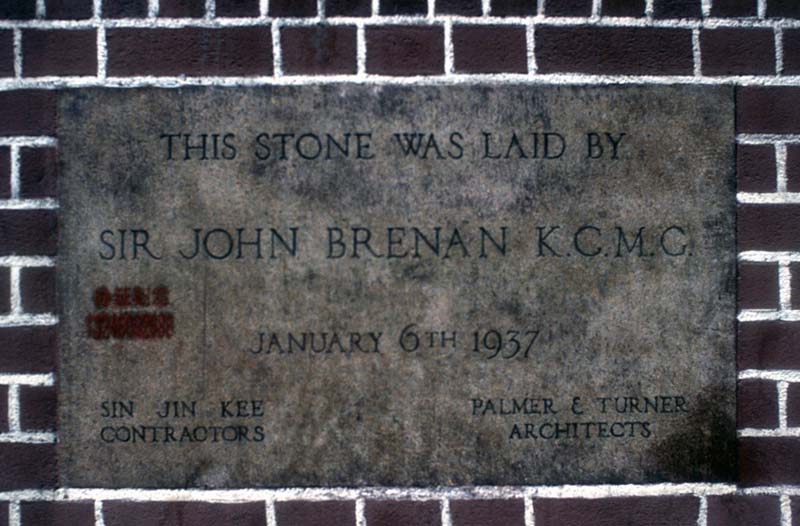
Palmer and Turner, Caldbeck Macgregor Building, Shanghai, China, 1936. Photograph by Dell Upton, 2006. John Brenan, K.C.M.G. was the British Consul General, 1930–1937. The cornerstone is a straightforward vestige of English imperialism. The Chinese text 办证刻章 means Certificates and Stamps Making, followed by the business’s phone number. The straightforward explanation is that an entrepreneur is advertising, using the product they sell, but they are also literally stamping Chinese on an English enterprise.
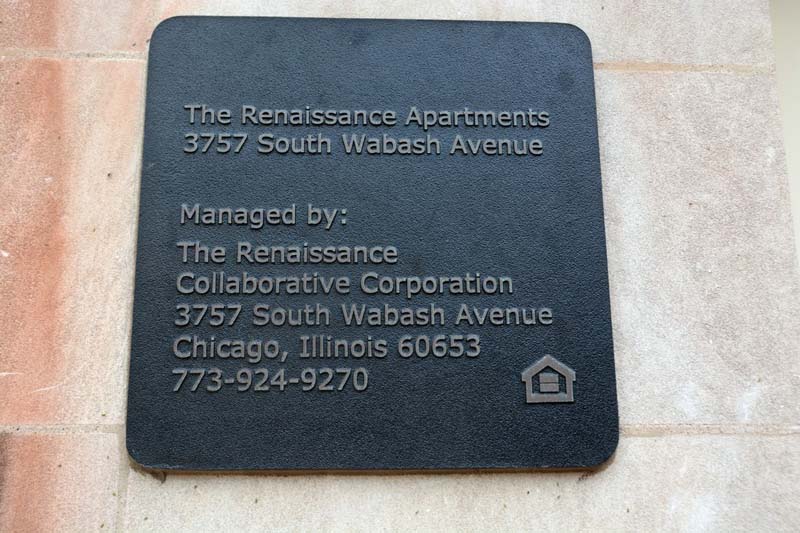
Robert Berlin (original architect) and Weese Langley Weese (restoration architect), Wabash Avenue YMCA, Chicago, Illinois, 1912–13, restoration 2000. Photograph by Dell Upton, 2015. If the building you are photographing has signage, please include that in your upload. This photograph invaluably documents that in 2015, the building that started out as a YMCA had become the Renaissance Apartments. Buildings and sometimes addresses change over time and SAHARA can document those changes.
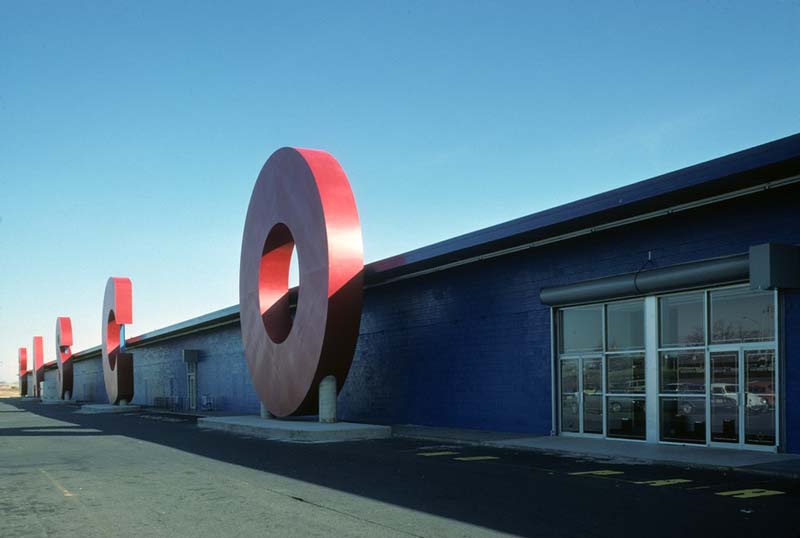
Venturi, Rauch, and Scott Brown. BASCO showroom, Philadelphia, Pennsylvania, 1976. Photograph by Richard Longstreth. The SAHARA description includes a quote from the architects’ website: “Using a fresh manipulation of scale and color, we developed the store’s logo into evenly spaced, steel framed, aluminum sheathed letters, 34 feet high by four feet deep and used the building as a contrasting 'backdrop.' “
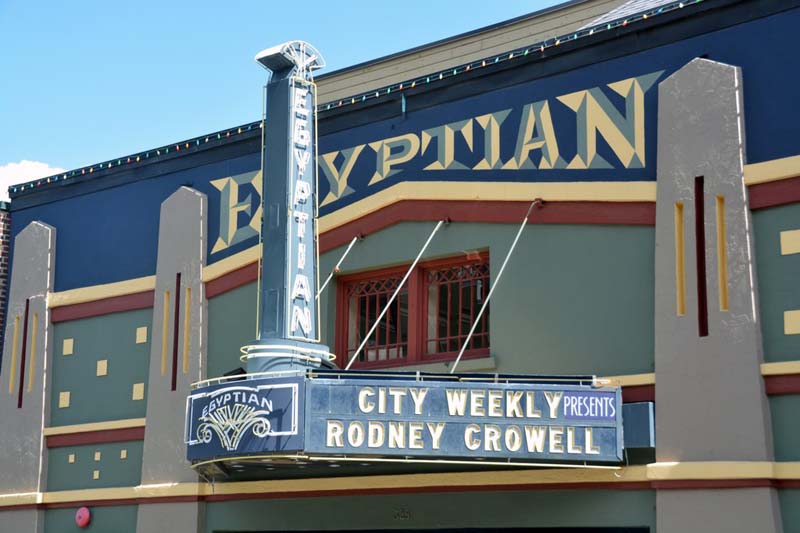
Egyptian Theater, Park City, Utah, 1926. Photograph by Dell Upton, 2016. Theater signage has two components: the permanent and the ephemeral. SAHARA’s holding contain a wealth of information, including the snippet that in August of 2016, the country singer Rodney Crowell performed in Park City, Utah.
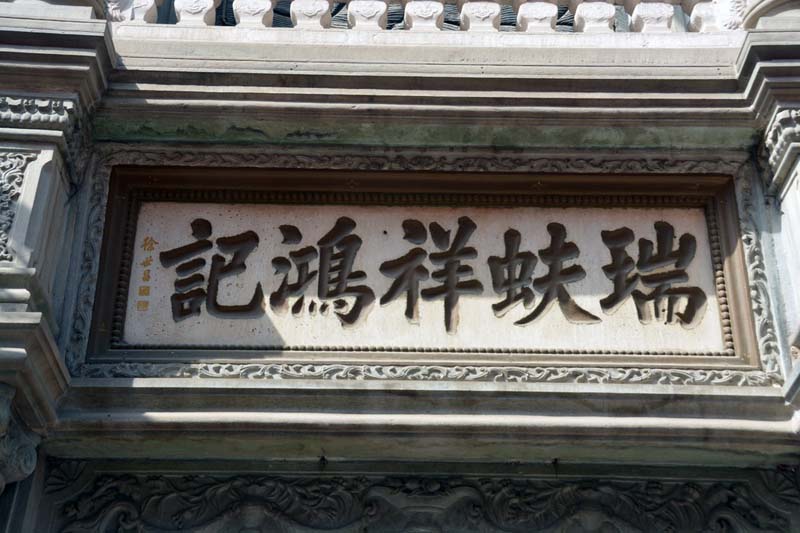
Ruifuxianghungji Dashilan Store: Century Silk Store, Beijing, China, ca. 1900. Photograph by Dell Upton, 2016. When carved in wood, or incised into a ceramic ground, the calligraphy of historical Chinese stores was often of a very high quality.
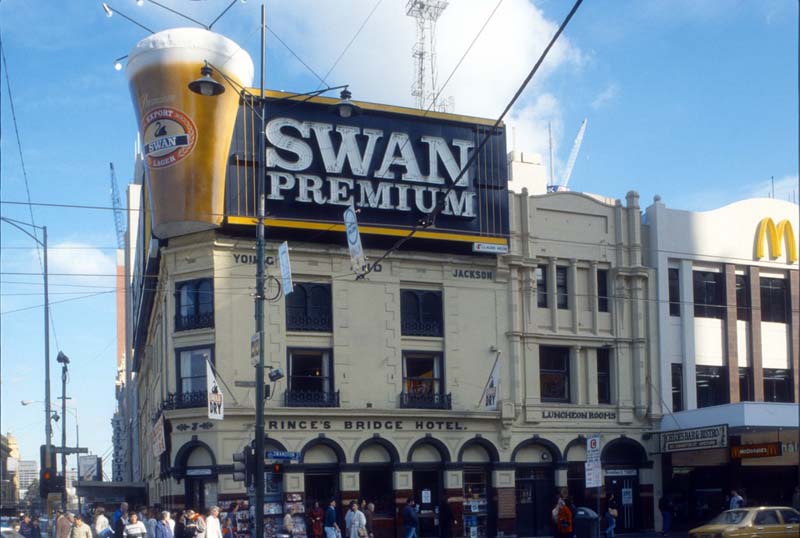
Prince Bridges Hotel: Young and Jackson Hotel, Melbourne, Australia, 1853–1861. Photograph by Dell Upton, 1990. With its copious amounts of signage, this building is a veritable palimpsest. In addition to two hotel names, there are two types of Swan beer on tap, premium and dry. Other signs advertise “Luncheon Rooms” and “Chloe’s Bar and Bistro”.
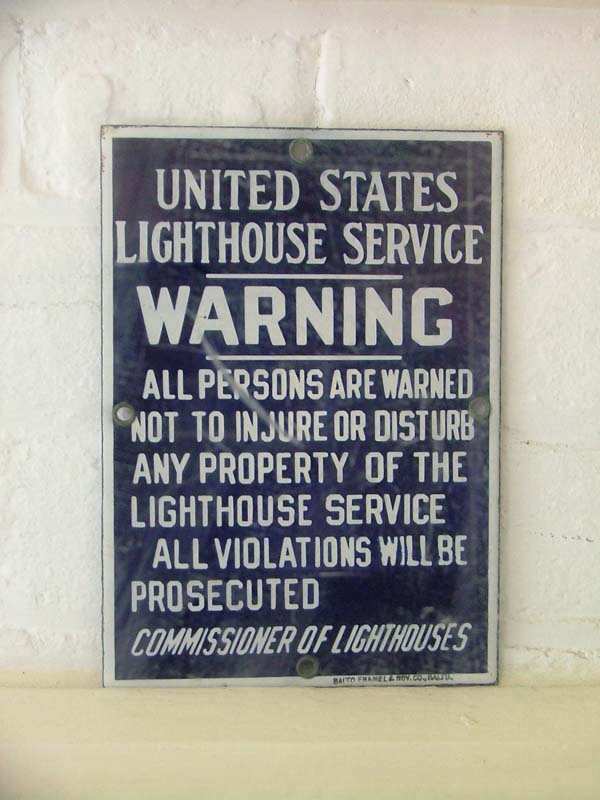
Paul Johannes Pelz, St. Augustine Lighthouse, Anastasia Island, Florida, 1871–1874. Photograph by Peter Clericuzio, 2012. One cannot help but wonder what kind of shenanigans were going on in the lighthouse to prompt the installation of the sign.